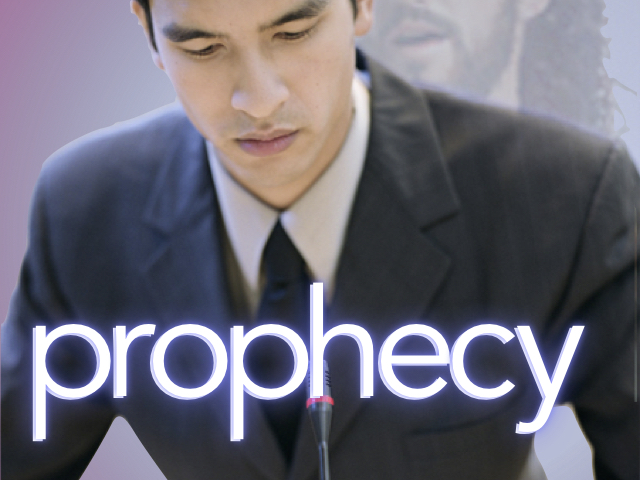
In the United States, we have a national day of thanksgiving on November’s fourth Thursday.
Whom are we giving thanks to? Well, the act which establishes Thanksgiving Day as one of our national holidays, provides no instructions whatsoever on how we’re to observe it. Or even whom we’re to thank.
Resolved by the Senate and House of Representatives of the United States of America in Congress assembled, That the last Thursday in November in each year after the year 1941 be known as Thanksgiving Day, and is hereby made a legal public holiday to all intents and purposes and in the same manner as the 1st day of January, the 22d day of February, the 30th day of May, the 4th day of July, the first Monday of September, the 11th day of November, and Christmas Day are now made by law public holidays.
—77th Congress, 6 October 1941
House Joint Resolution 41
The Senate amended it to read “fourth Thursday in November,” and President Franklin Roosevelt signed it into law. So it’s a holiday. But left undefined, ’cause our Constitution won’t permit Congress to pick a national religion, nor define religious practice. Article 6; Amendment 1 Not that Congress doesn’t bend that rule on occasion. Making “In God We Trust” our national motto, fr’instance.
Though our government is secular, the nation sure isn’t. Four out of five of us Americans call ourselves Christian. (I know; we sure don’t act it. Look at our crime rate. Look at the people we elect.) Regardless, a supermajority of us claim allegiance to Jesus, which is why we bend the Constitution so often and get away with it. Our presidents do as well; our first president was the guy who first implemented a national Thanksgiving Day.
Now therefore I do recommend and assign Thursday the 26th day of November next to be devoted by the People of these States to the service of that great and glorious Being, who is the beneficent Author of all the good that was, that is, or that will be.
—President George Washington, 3 October 1789
Yeah, Americans point to other functions as our “first Thanksgiving.” Usually a harvest celebration by the Plymouth colonists and the Wampanoag Indians in 1621. Although technically the first Christian thanksgiving day on the continent was held by the Spanish in Florida in 1565—followed by another in Texas in 1598, and another by the Virginia colonists as early as 1607.
Over time, colonial custom created a regular Thanksgiving Day, held in the fall. Sometimes governments declared a Thanksgiving Day, like the Continental Congress declaring one for 18 December 1777 after the Battle of Saratoga. But Washington’s declaration in 1789 didn’t fix the day nationally—and he didn’t declare another till 1795. States set their own days: In 1816, New Hampshire picked 14 November, and Massachusetts picked 28 November.
It wasn’t till 1863 when it did become a regular national holiday:
I do therefore invite my fellow citizens in every part of the United States, and also those who are at sea and those who are sojourning in foreign lands, to set apart and observe the last Thursday of November next, as a day of Thanksgiving and Praise to our beneficent Father who dwelleth in the Heavens.
—President Abraham Lincoln, 3 October 1863
Lincoln and his successors declared Thanksgiving every year thereafter.




